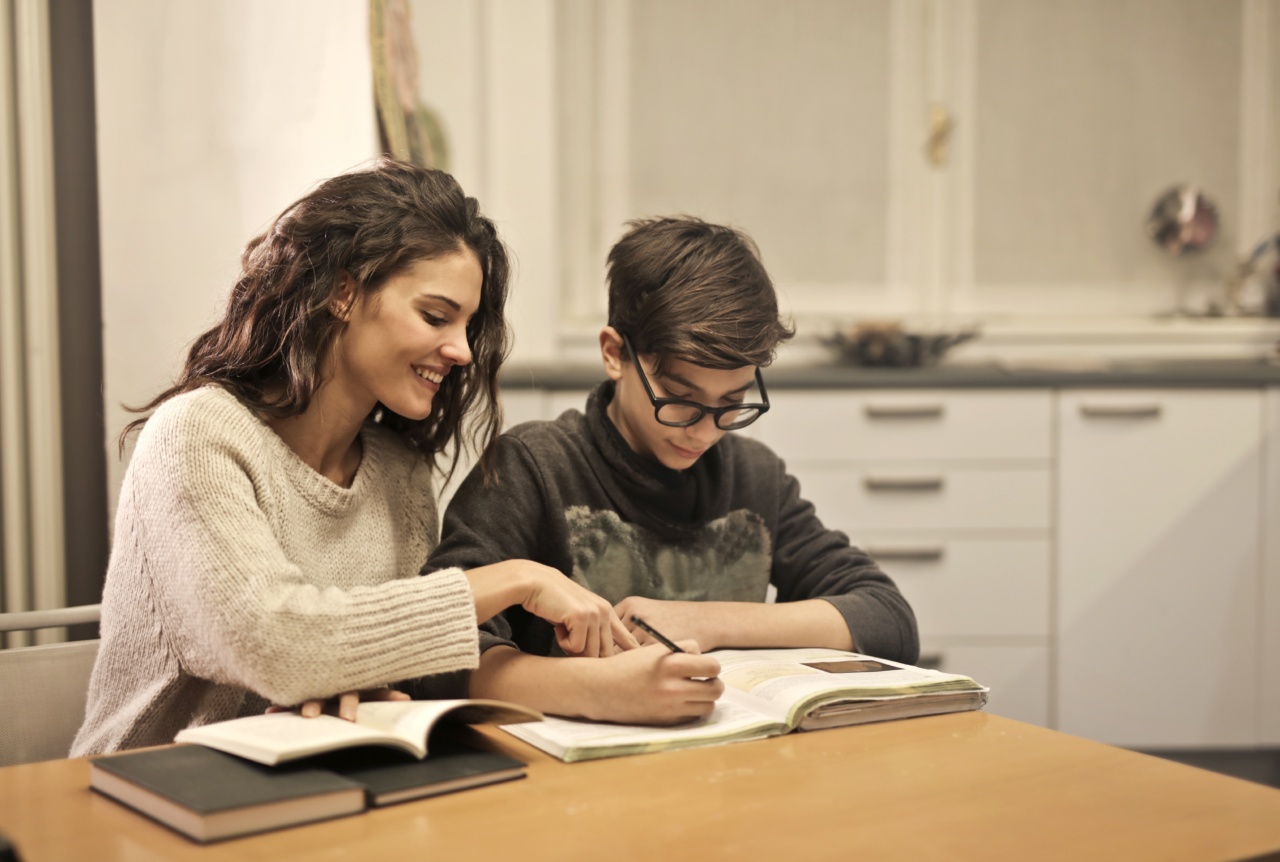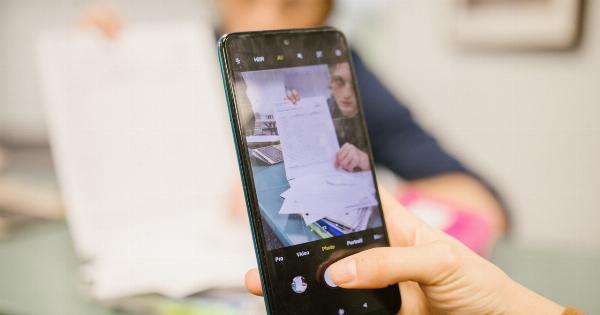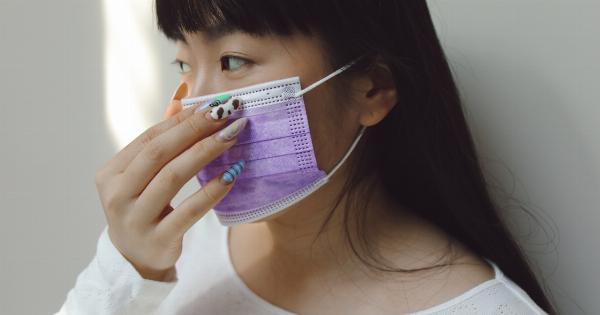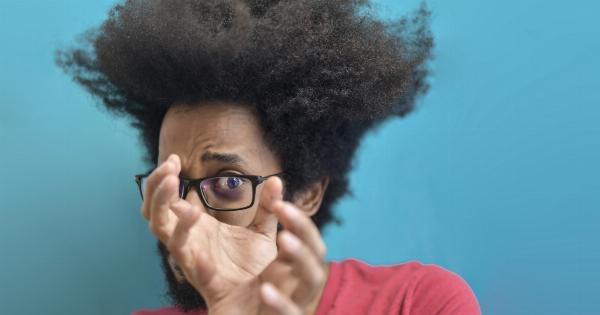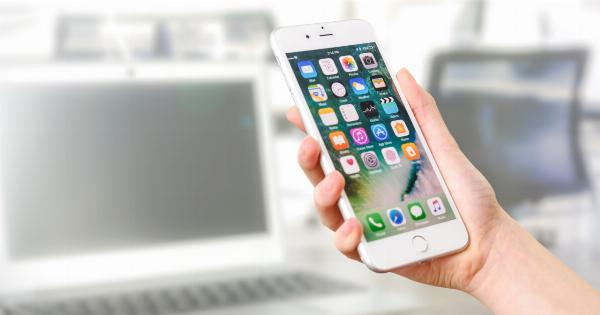Myopia, or nearsightedness, is a common vision problem that affects many children. Children with myopia struggle to see clearly at a distance, which can impact their ability to learn, read, and play.
While glasses are a common solution for myopia, they can be inconvenient, uncomfortable, and can limit children’s activities. However, contact lenses offer a promising solution for children with myopia.
What are contact lenses?
Contact lenses are thin, plastic lenses that sit directly on the eye’s surface. Unlike glasses, which sit on the nose and ears, contact lenses move with the eye and can provide a wider field of vision.
Contact lenses can correct a range of vision problems, including myopia, hyperopia (farsightedness), and astigmatism.
Why are contact lenses a good option for children with myopia?
Contact lenses can be a great option for children with myopia for several reasons.
: Improved vision
Contact lenses can provide better visual acuity than glasses because they sit directly on the eye’s surface and move with the eye. This can be especially beneficial for children who are active or participate in sports.
: Greater freedom
Contact lenses can offer children greater freedom to be active and participate in sports without worrying about glasses that can get in the way or fall off.
Contact lenses can also allow children to wear non-prescription sunglasses, which can be important for protecting eyes from harmful UV rays.
: Better self-esteem
Children with myopia may feel self-conscious or insecure about wearing glasses. Contact lenses can help boost their confidence and self-esteem by removing the visibility of their vision correction.
: Better compliance
Children with myopia may be more likely to comply with wearing contact lenses than glasses because they are more comfortable and do not interfere with activities.
Additionally, contact lenses may be better suited for children who have difficulty keeping glasses on their face, or who lose or break glasses more frequently.
Types of contact lenses for children with myopia
There are several types of contact lenses available for children with myopia:.
: Soft contact lenses
Soft contact lenses are made of a flexible, breathable plastic that conforms to the shape of the eye. They are easy to insert and remove and are available in daily, weekly, and monthly disposable options.
Soft lenses can also correct astigmatism, which is a common cause of blurred vision in children with myopia.
: Rigid Gas Permeable (RGP) contact lenses
RGP contact lenses are made of a rigid, oxygen-permeable material that allows oxygen to pass through to the eye’s surface. They are highly durable and can last for years with proper care.
RGP lenses can provide clearer vision than soft lenses but can be more difficult to insert and remove.
What to consider when choosing contact lenses for your child
When choosing contact lenses for your child, there are several factors to consider:.
: Age
Contact lenses are generally safe for children of any age, but children must be old enough to handle them independently. Most eye doctors recommend a minimum age of 10-12 years old for contact lens wear.
: Eye health
Children with certain eye health conditions, such as severe allergies or dry eye, may not be good candidates for contact lenses. Additionally, children with a history of eye infections may need to be monitored closely while wearing contact lenses.
: Lifestyle and activity level
Children who participate in sports or other physical activities may need contact lenses that offer greater stability and durability. They may also benefit from daily disposable lenses that can be thrown away after use.
Tips for successful contact lens wear for children
Here are some tips for successful contact lens wear for children:.
: Start slow
It may take some time for your child to adjust to wearing contact lenses. Start with a shorter wearing time and gradually increase it over several weeks.
: Practice proper hygiene
Children must practice good hand hygiene when inserting and removing contact lenses. They should also clean and disinfect their lenses according to their eye doctor’s instructions.
: Be prepared
Make sure your child carries a spare pair of contact lenses and a contact lens case with them at all times. They should also avoid wearing their lenses in water, such as swimming pools or hot tubs.
Conclusion
Contact lenses can be a promising solution for children with myopia. They offer improved vision, greater freedom, and better self-esteem. When choosing contact lenses for your child, it’s important to consider their age, eye health, and lifestyle.
With proper care and attention, contact lenses can provide a safe, effective way to correct myopia and improve your child’s quality of life.
